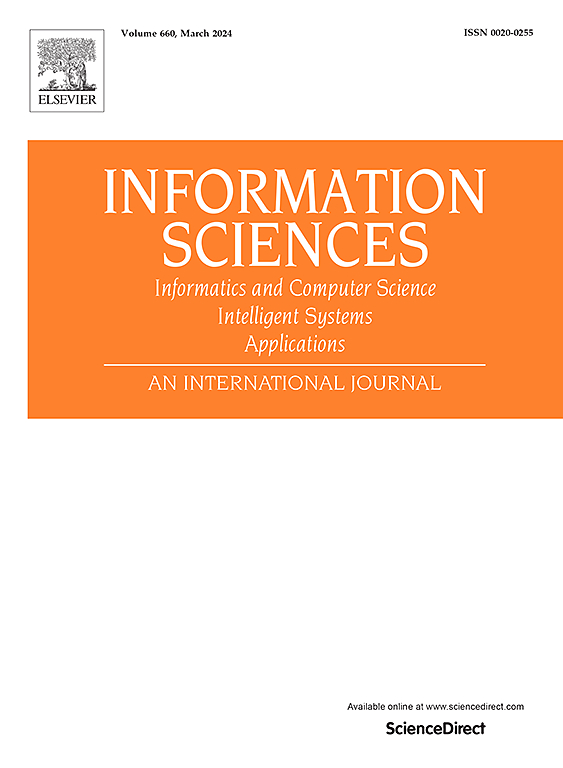扩散隐写:基于信息投影的无训练扩散生成隐写
IF 6.8
1区 计算机科学
0 COMPUTER SCIENCE, INFORMATION SYSTEMS
引用次数: 0
摘要
生成隐写术是将秘密信息隐藏在生成的图像中,而不是隐藏在封面图像中。现有的生成式隐写研究都是利用GAN或Flow模型来获得高的隐藏信息容量和对覆盖图像的抗检测能力。然而,由于生成模型固有的局限性,它们创造了相对不现实的隐写图像。我们提出了扩散-隐写,一种基于扩散模型的生成隐写方法,在图像生成方面优于其他生成模型。扩散-隐去将秘密信息投影到扩散模型的潜在噪声中,并通过迭代去噪过程生成隐去图像。由于将秘密消息简单地隐藏在噪声中会导致视觉退化并降低提取消息的准确性,因此我们引入了消息投影,将消息隐藏在噪声空间中,同时解决了这些问题。我们提出了三种消息投影选项,以调整提取的消息准确性、抗检测能力和图像质量之间的权衡。diffusion - stego是一种无需训练的方法,因此我们可以将其应用于生成高质量图像的预训练扩散模型,甚至是大规模的文本到图像模型,例如Stable diffusion。扩散- stego实现了高容量的消息以及高质量,使得它具有挑战性,以区分在PNG格式的真实图像。本文章由计算机程序翻译,如有差异,请以英文原文为准。
Diffusion-Stego: Training-free diffusion generative steganography via message projection
Generative steganography is the process of hiding secret messages in generated images instead of cover images. Existing studies on generative steganography use GAN or Flow models to obtain high hiding message capacity and anti-detection ability over cover images. However, they create relatively unrealistic stego images because of the inherent limitations of generative models. We propose Diffusion-Stego, a generative steganography approach based on diffusion models that outperform other generative models in image generation. Diffusion-Stego projects secret messages into the latent noise of diffusion models and generates stego images with an iterative denoising process. Since the naive hiding of secret messages into noise boosts visual degradation and decreases extracted message accuracy, we introduce message projection, which hides messages into noise space while addressing these issues. We suggest three options for message projection to adjust the trade-off between extracted message accuracy, anti-detection ability, and image quality. Diffusion-Stego is a training-free approach, so we can apply it to pre-trained diffusion models that generate high-quality images, or even large-scale text-to-image models, such as Stable diffusion. Diffusion-Stego achieved a high capacity of messages as well as high quality that makes it challenging to distinguish from real images in the PNG format.
求助全文
通过发布文献求助,成功后即可免费获取论文全文。
去求助
来源期刊

Information Sciences
工程技术-计算机:信息系统
CiteScore
14.00
自引率
17.30%
发文量
1322
审稿时长
10.4 months
期刊介绍:
Informatics and Computer Science Intelligent Systems Applications is an esteemed international journal that focuses on publishing original and creative research findings in the field of information sciences. We also feature a limited number of timely tutorial and surveying contributions.
Our journal aims to cater to a diverse audience, including researchers, developers, managers, strategic planners, graduate students, and anyone interested in staying up-to-date with cutting-edge research in information science, knowledge engineering, and intelligent systems. While readers are expected to share a common interest in information science, they come from varying backgrounds such as engineering, mathematics, statistics, physics, computer science, cell biology, molecular biology, management science, cognitive science, neurobiology, behavioral sciences, and biochemistry.
 求助内容:
求助内容: 应助结果提醒方式:
应助结果提醒方式:


